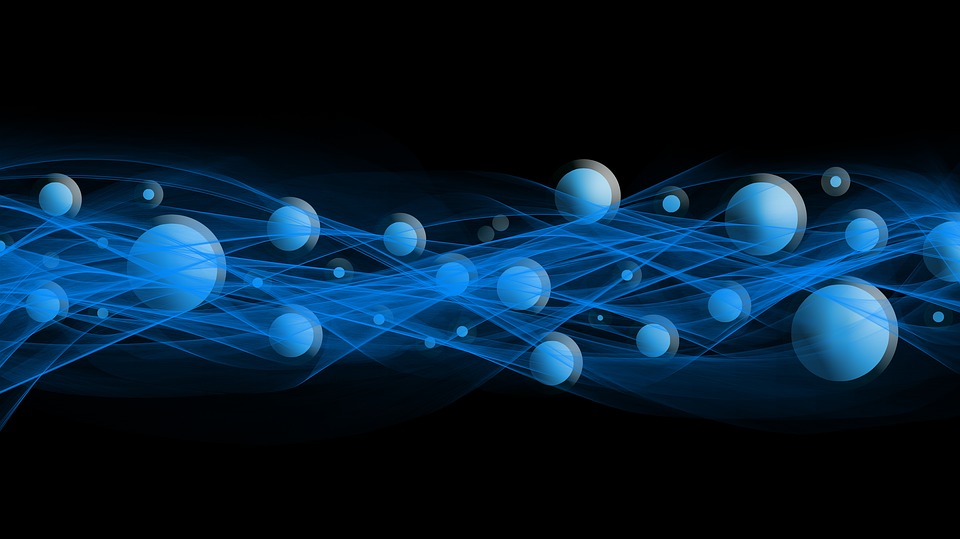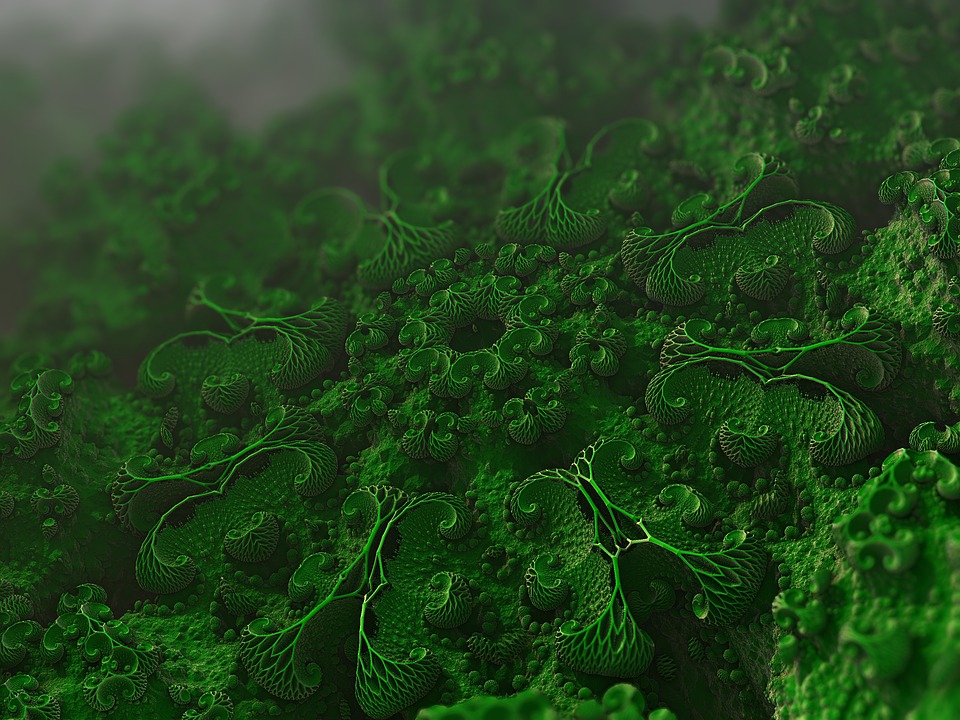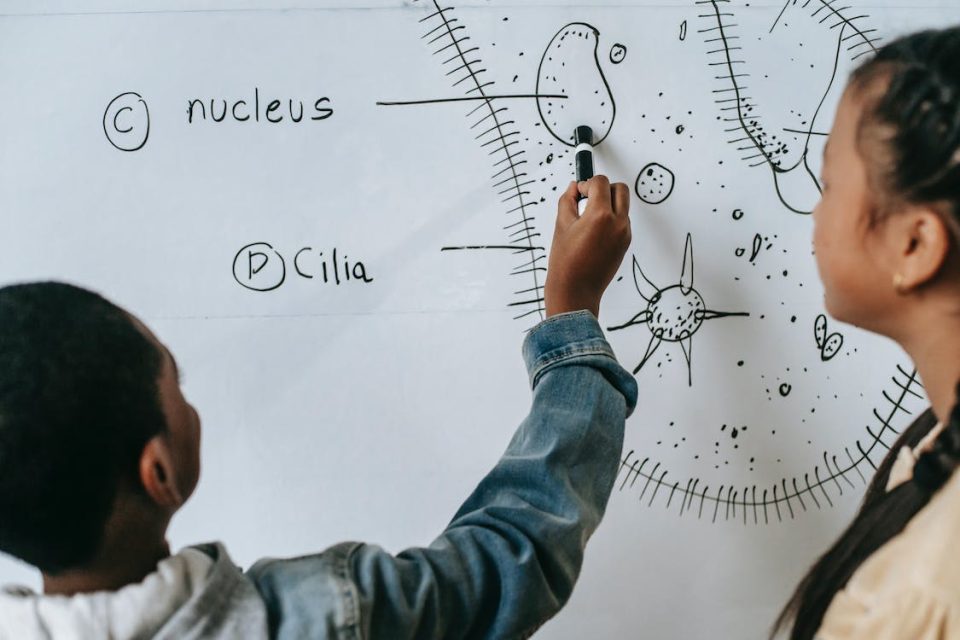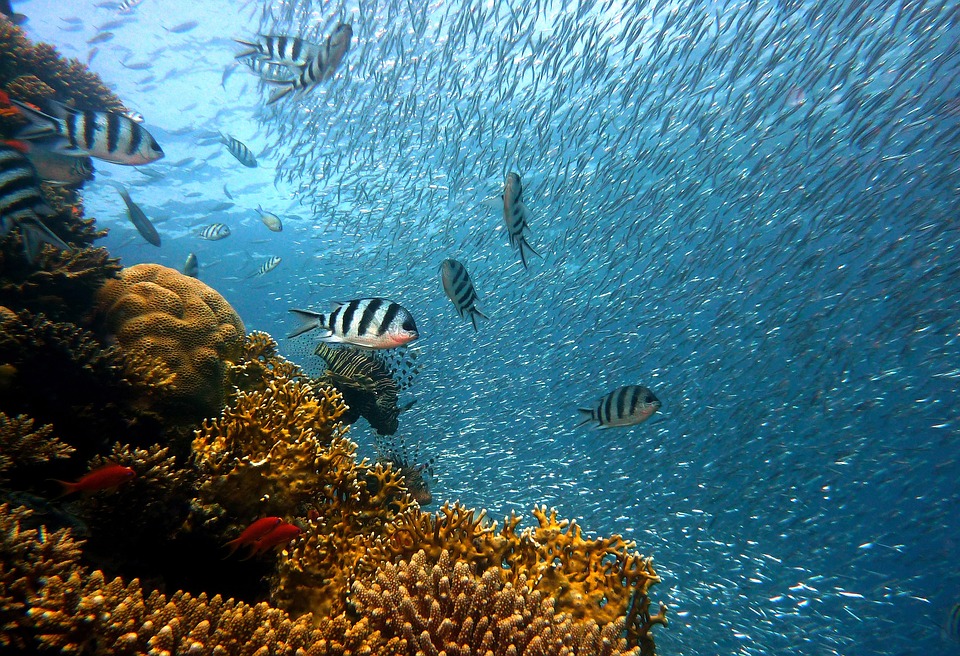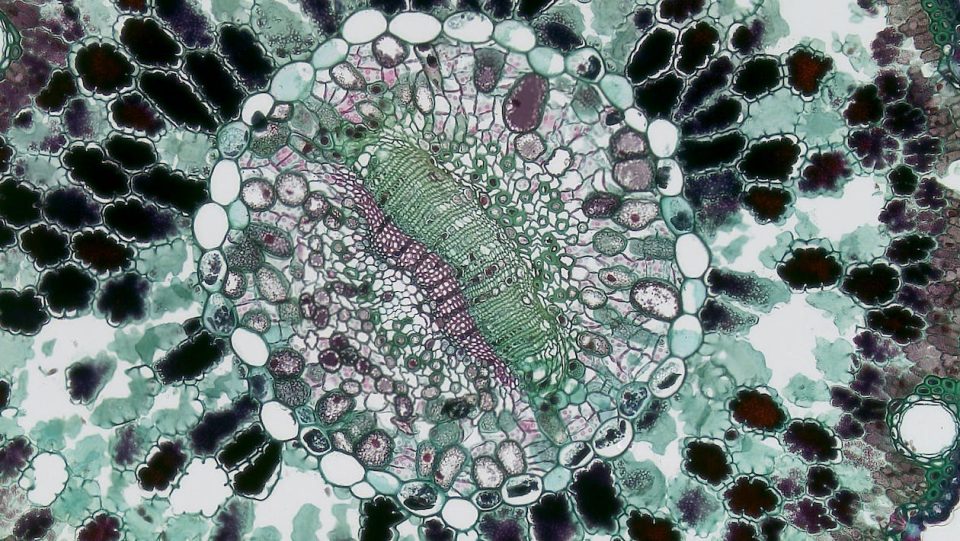
Plate tectonics is the scientific theory that explains the movement of the Earth’s lithospheric plates, which are composed of the Earth’s crust and the uppermost part of the mantle. These plates move around the Earth’s surface and interact with each other at their boundaries. Earthquakes and volcanoes are geological phenomena that are often associated with plate tectonics. In this essay, we will discuss how plate tectonics explains the occurrence of earthquakes and volcanoes.
Earthquakes:
Earthquakes are one of the most powerful and destructive natural disasters that occur on our planet. They are caused by the sudden release of energy from the Earth’s lithosphere, which creates seismic waves that travel through the ground. The lithosphere is made up of a number of tectonic plates, which are constantly moving and interacting with each other. When two plates collide, one may be forced beneath the other in a process known as subduction. This creates a zone of intense pressure and friction, which can result in earthquakes.
The Earth’s crust is not a continuous shell but is made up of a number of large and small tectonic plates that move around the surface of the planet. These plates are constantly interacting with each other, and where they meet is known as a plate boundary. There are three types of plate boundaries: divergent, convergent, and transform. Each type of boundary can produce earthquakes.
Divergent Plate Boundaries:
Divergent plate boundaries occur where two plates are moving away from each other. This type of boundary is characterized by the formation of a mid-ocean ridge, where magma rises to the surface and cools to form new crust. The process of creating new crust at the mid-ocean ridge results in tensional stress, which can cause earthquakes. These earthquakes are typically small and shallow, and occur frequently along the mid-ocean ridge.
Convergent Plate Boundaries:
Convergent plate boundaries occur where two plates are moving towards each other. This type of boundary can result in three different types of interactions: oceanic-oceanic, oceanic-continental, and continental-continental. Each of these interactions can produce earthquakes.
Oceanic-Oceanic Convergent Boundaries:
When two oceanic plates converge, one plate will subduct beneath the other. The subducting plate is typically denser than the overlying plate and will sink into the mantle. As the plate sinks, it releases water and other volatiles, which can cause melting in the mantle above. This results in the formation of magma, which can rise to the surface and form volcanoes. The subduction process also causes intense pressure and friction, which can result in earthquakes. These earthquakes can occur both in the subducting plate and the overlying plate.
Oceanic-Continental Convergent Boundaries:
When an oceanic plate converges with a continental plate, the denser oceanic plate will typically subduct beneath the less dense continental plate. As with oceanic-oceanic convergence, the subduction process can result in the formation of volcanoes and earthquakes.
Continental-Continental Convergent Boundaries:
When two continental plates converge, neither plate will subduct. Instead, the two plates will collide and buckle upwards, resulting in the formation of mountain ranges such as the Himalayas. This collision can also result in earthquakes.
Transform Plate Boundaries:
Transform plate boundaries occur where two plates are sliding past each other. This type of boundary is characterized by a lack of volcanic activity but can still produce earthquakes. The friction between the two plates can result in the buildup of stress, which is released in the form of earthquakes.
Volcanoes:
Volcanoes are formed by the movement of tectonic plates and are closely linked to plate tectonics. Volcanoes occur at convergent plate boundaries, where one plate is subducted beneath another, and at divergent plate boundaries, where new crust is formed. Volcanic eruptions occur when magma, which is molten rock, rises to the Earth’s surface. Magma is formed by the melting of rocks in the mantle, which is caused by the movement of tectonic plates.
Volcanic activity at convergent plate boundaries:
At convergent plate boundaries, volcanoes are formed when magma rises to the surface from the mantle as a result of subduction. The subducting plate sinks into the mantle and begins to melt due to the increase in temperature and pressure. This molten rock, or magma, is less dense than the surrounding rock and begins to rise towards the surface. As the magma rises, it may encounter pockets of water and other volatiles, which cause it to expand rapidly and can result in explosive eruptions.
The type of volcano that is formed at a convergent plate boundary depends on the composition of the magma. If the magma is composed of basaltic rock, which is low in silica, then the volcano will be shield-shaped and have gentle slopes. If the magma is composed of andesitic or rhyolitic rock, which are higher in silica, then the volcano will be steeper and have a more conical shape.
Volcanic activity at divergent plate boundaries:
At divergent plate boundaries, volcanoes are formed when magma rises to the surface from the mantle as a result of the formation of new crust. As two plates move away from each other, magma rises to fill the gap between them. This magma cools and solidifies to form new crust, which can eventually form a mid-ocean ridge. Volcanic eruptions at divergent plate boundaries are typically less explosive than those at convergent plate boundaries, as the magma is less likely to encounter water and other volatiles.
The type of volcano that is formed at a divergent plate boundary is typically shield-shaped and has gentle slopes, as the magma is composed of basaltic rock, which is low in silica.
Plate tectonics and the Ring of Fire:
The Ring of Fire is a horseshoe-shaped area in the Pacific Ocean that is known for its high levels of volcanic and seismic activity. It is named for the large number of active volcanoes that surround it, which are located on the boundaries of the Pacific Plate and other tectonic plates. The Pacific Plate is one of the largest and fastest-moving tectonic plates on Earth, and its interactions with other plates are responsible for much of the volcanic and seismic activity in the Ring of Fire.
The Ring of Fire is also home to the world’s deepest oceanic trench, the Mariana Trench, which is located on the boundary of the Pacific Plate and the Philippine Plate. This area is characterized by a high level of seismic activity, as the Pacific Plate is subducting beneath the Philippine Plate.
Conclusion:
In conclusion, plate tectonics is the scientific theory that explains the movement of the Earth’s lithospheric plates, which are responsible for the occurrence of earthquakes and volcanoes. The movement of tectonic plates at plate boundaries creates tensional stress, which can result in earthquakes, and the melting of rocks in the mantle can result in the formation of magma, which can rise to the surface and form volcanoes. The type of volcanic activity that occurs at plate boundaries depends on the composition of the magma and the type of plate boundary.

